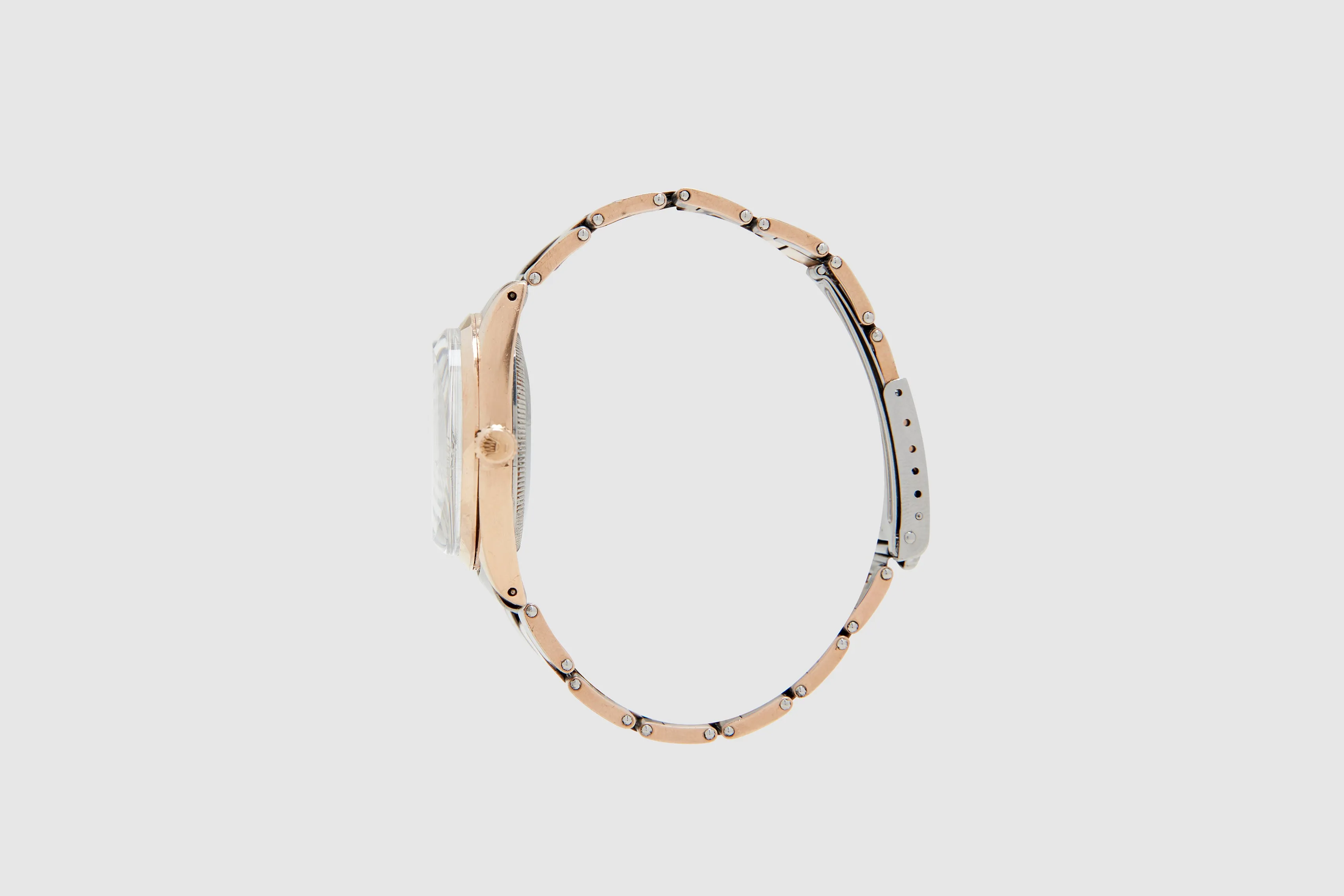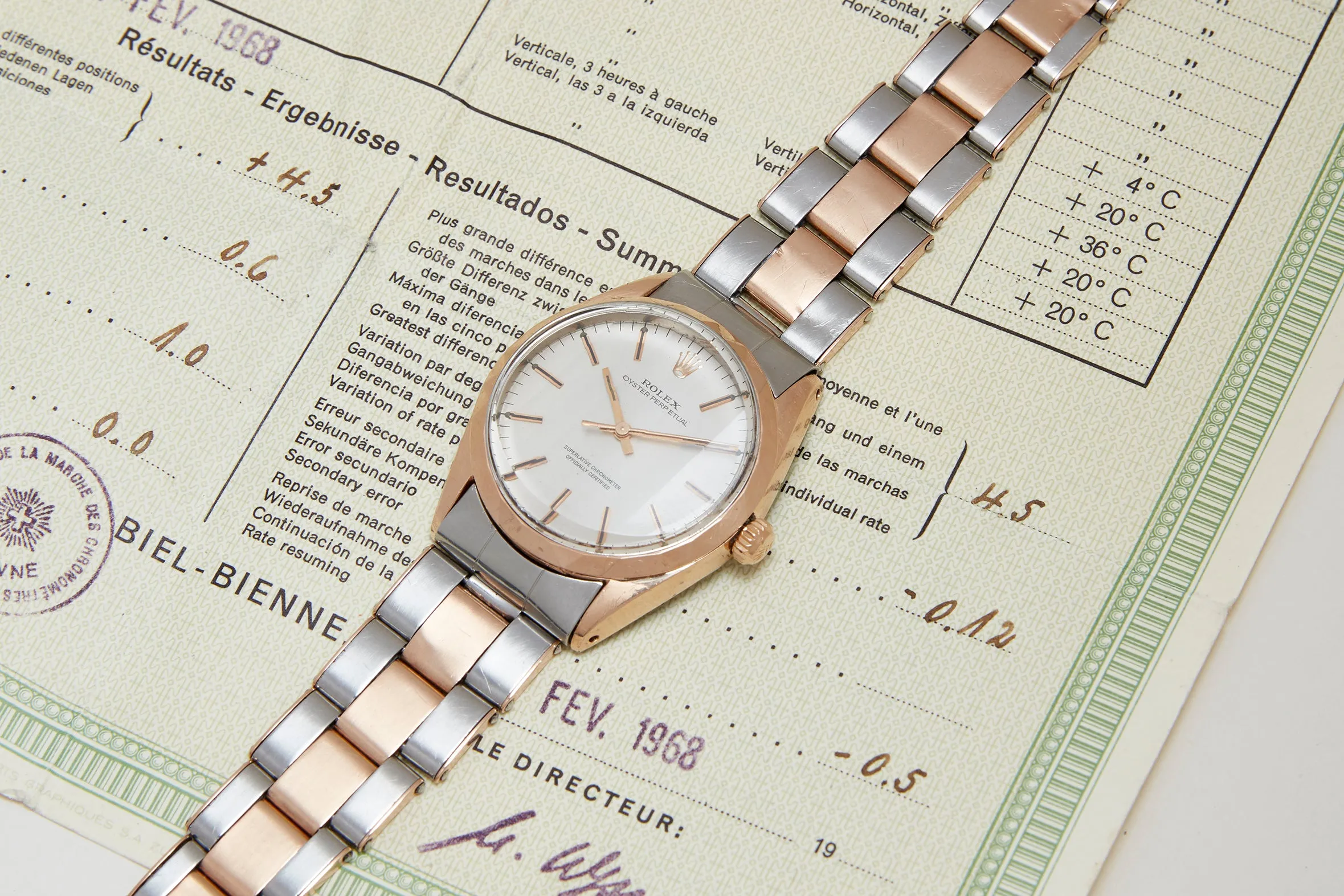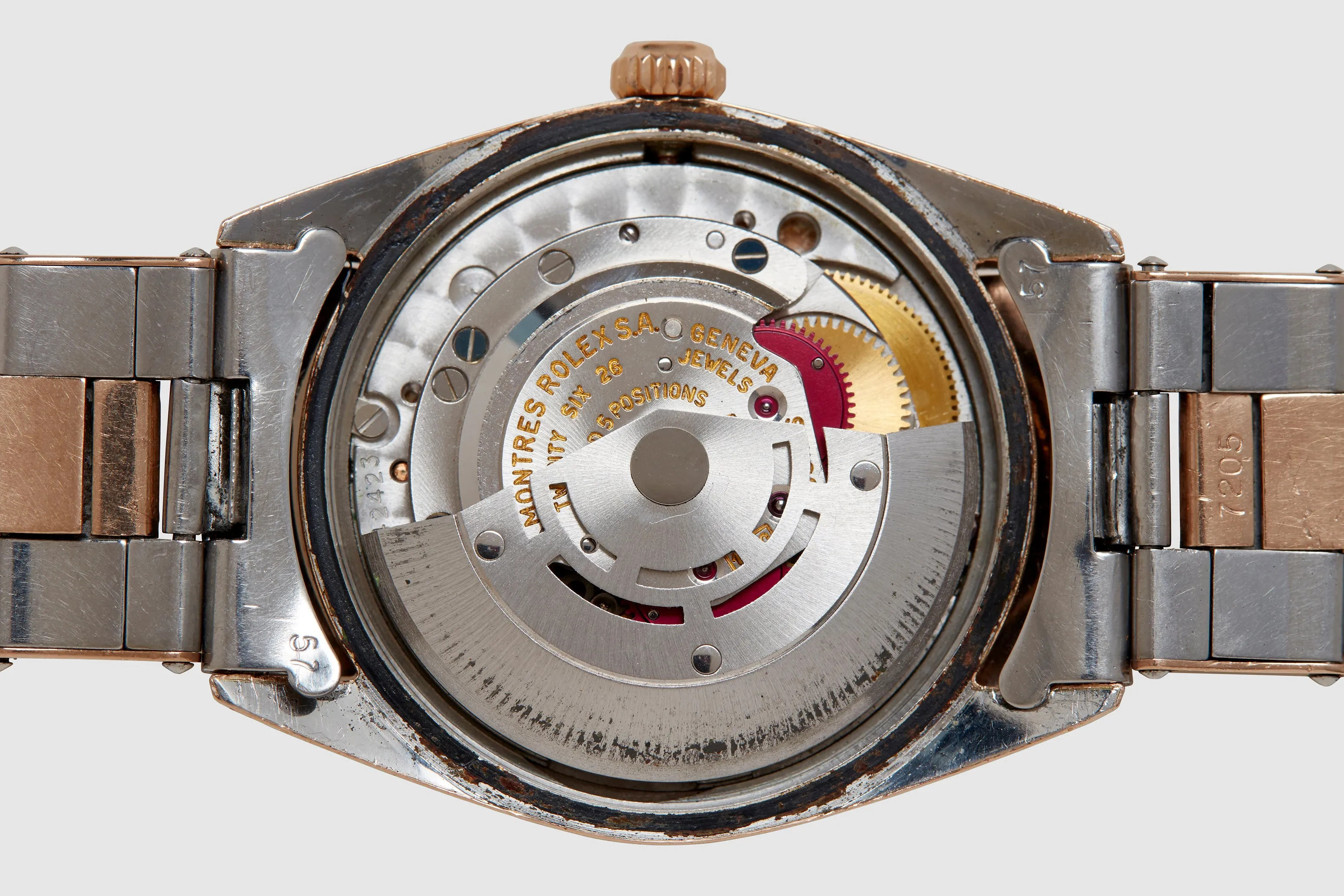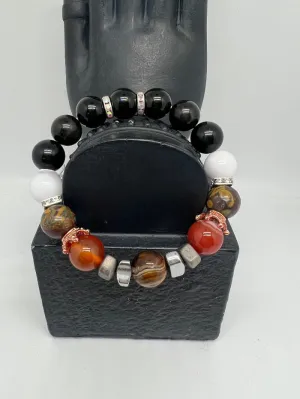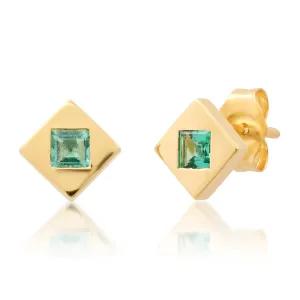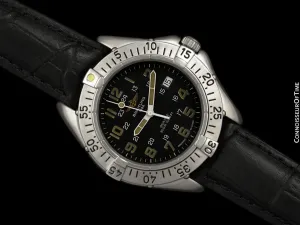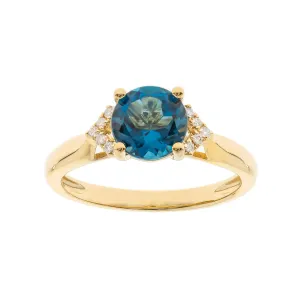A Rolex eighteen carat pink gold capped and stainless steel Oyster Perpetual model. This is an exceptionally rare reference Rolex, and presented in superb, very much original condition. At first glance, and even looking at the photographs, it looks like a classic "no date" 34mm Rolex. However, there is one very distinguishing detail to this watch; the faceted pink gold bezel. There are a few classic, more recognised bezel designations for these watches from smooth to the flat engine turned. However, this faceted version is exceptionally rare, and very good looking. Quite subtle, it catches the light in differing ways and is a beautiful design element. Along side this faceted bezel is, what is believed to be original to the watch, a faceted crystal as well. It has vertical striping through the plastic, and has a overall curved profile to it. Very difficult to pick up in the images, but in the flesh is intriguing. Given the overall originality of the watch, it is very much believed to be a Rolex addition fitted to the watch.
As mentioned in the description title it is 'gold capped', not gold plated. This is a much more expensive and durable process than simply gold plating the case. Rolex essentially made a 'shell' that was attached to the top of the steel case. This can be seen when looking at the watch from underneath. The capping process will not wear away, and remains rich in colour, as it is essentially solid gold, only a fine thickness. This can be seen as the overall look of the case looks solid. The bezel itself is likely solid, as it would not be easy to make that capped. The crown is also original and pink gold.
The dial is stamped "T Swiss T" at the six o'clock position, meaning that it contains tritium luminous material. This material replaced the highly dangerous, and radioactive Radium in 1963. Just like radium, tritium was also radioactive; however, it came with a much lower level of radiation and a much shorter half-life. While tritium was exponentially safer than radium, it only had a half-life of twelve years. This meant that after just a few decades, only a tiny fraction of the initial luminescence would remain. Additionally, as tritium ages, the color changes, which creates often beautiful, and highly sought after patinas on the luminous markers on these older Rolex watches. Tritium was far from perfect, which lead Rolex to search for a better alternative, which happened in 1998 with the introduction of Luminova. The Tritium in this case is all original to the dial, is perfect condition with every plot present and full. The lume in the hands is also original and present. The colour has darkened, which is common for watches from this period. The classic stick markers and hands are all original, and matching pink gold. The stick markers have a painted black line through the middle, adding a little dimension to them. The condition of the dial is exceptional throughout with no damage.
The watch is fitted to its original, also very rare, pink gold and stainless steel folded and riveted bracelet. This is also solid gold center links and sides to the links. This can be seen when looking at the center and side links from the back of the bracelet. The end links are code stamped "57", and the bracelet stamped "7205". The deployant is also date stamped with "2 68" for the second quarter of 1968, again corresponding to the age of the case, and the accompanying paperwork.
The watch is powered by the Rolex automatic calibre 1570 movement. This caliber was introduced by Rolex in 1965 and used as the basis for pretty much every model up until 1974 such as the Explorer, Submariner, Date and Datejust. A variation of the caliber was used for the GMT, the 1575, and the 1580 was used in the Amag models. Beating at 19,800 BPM, the twenty six jewel, hacking movement was also a COSC chronometer grade movement. Which is why this very rare example is complete with its Chronometer paper work. This is presented when the watch returns from being officially timed for accuracy. When the watch passes the rigorous tests it is returned for distribution with this certification, in itself a beautiful document. If this watch was not appealing enough, the COSC paperwork was signed off on February 14th 1968, Valentine's Day!
The inside back of the case is fully signed, along with the matching Rolex model number '1025'. This case serial number is 962XXX, dating this watch production to circa 1968. The watch is in excellent original condition, with the case showing signs wear, however it appears unpolished. This is more common with the gold capped models as polishing these on a polishing wheel could be disastrous to its overall appearance. If it is polished through to the base metal, it would ruin the watch. The dial is a radiant silver colour, and has not been re-finished. A super rare and unusual looking watch, in a pleasing and subtle way. Finding an original, complete watch with original COSC paperwork from nearly fifty five years ago is hard enough, let alone such an interesting piece.


